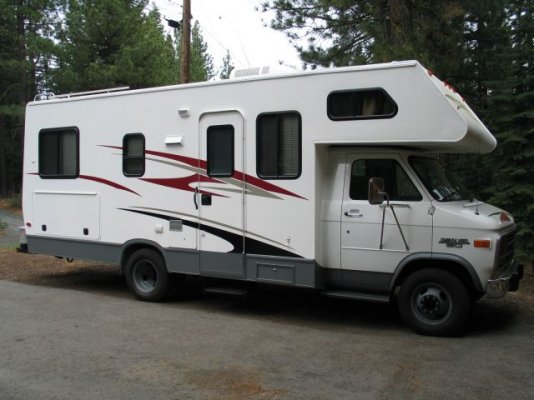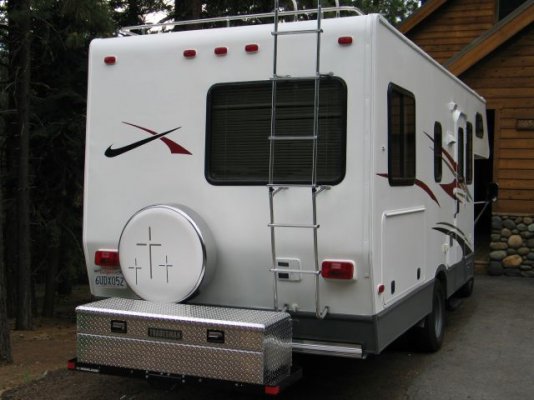A
AmeDeBoheme
Guest
We are planning on painting our fiberglass 84 pace arrow. Nothing too crazy, just a fresh coat of paint and a new stripe. The previous owner power washed her before handing the keys over and she is in sore need of a new coat of marine wax. My question is:
We are still a week or so away from painting - will she be ok unprotected without a wax coat that long? We shouldn't wax before painting right? Also - I know there are "automobile" and "fiberglass" specific paints ($$$$$$) but I can't seem to find anywhere a reason why a decent quality exterior paint, some tape, a couple rollers and our extensive painting experience couldn't do a solid job....has anyone done this? (the exterior house paint and rollers I mean) Is there a reason not to other than it not being "the right way?"
We are still a week or so away from painting - will she be ok unprotected without a wax coat that long? We shouldn't wax before painting right? Also - I know there are "automobile" and "fiberglass" specific paints ($$$$$$) but I can't seem to find anywhere a reason why a decent quality exterior paint, some tape, a couple rollers and our extensive painting experience couldn't do a solid job....has anyone done this? (the exterior house paint and rollers I mean) Is there a reason not to other than it not being "the right way?"


